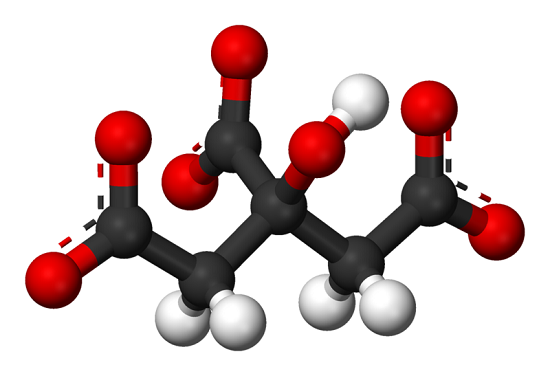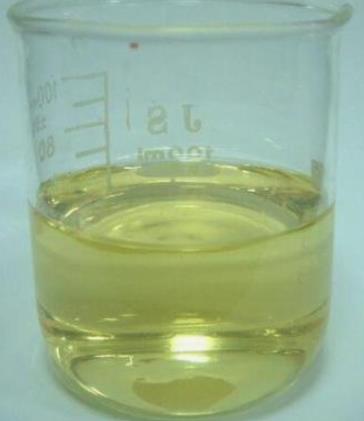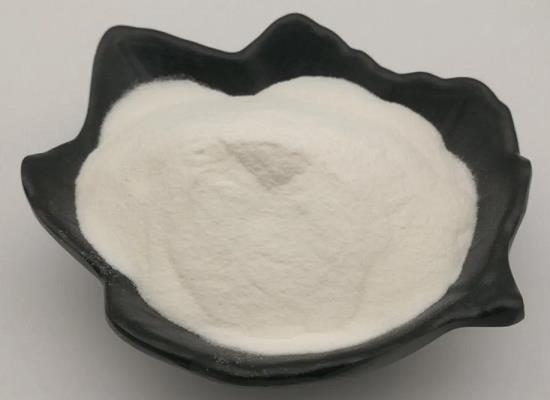Active Pharmaceutical Ingredients (API), popularly speaking, are the raw materials of medicines, only pharmaceutical raw materials are processed into pharmaceutical preparations , can they become medicines available for clinical use, so drugs we usually eat are the finished drugs through processing. Active Pharmaceutical Ingredients based on its sources can be divided into two major categories ,including chemical synthetic drugs and natural chemical drugs. Chemical synthetic drugs can be divided into organic synthetic drugs and inorganic synthetic drugs. Inorganic synthetic drugs are inorganic compounds ( very few is element), such as aluminum hydroxide, magnesium trisilicate which are used for the treatment of gastric and duodenal ulcers ; organic synthetic drugs are mainly composed of drugs made by basic organic chemical raw materials, through a series of organic chemical reactions (such as aspirin, chloramphenicol, caffeine, etc.). Natural chemical drugs ,based on its sources,can be divided into two categories including biochemical drugs and plant chemical drugs. Antibiotics are generally made by the microbial fermentation, which belongs to the biochemistry category. A variety of semi-synthetic antibiotics occurs in recent years,which are biosynthesis and chemical synthesis combining products.Among active Pharmaceutical Ingredients, the organic synthetic drugs varieties, yields and values have the largest proportion,which are the main pillars of the chemical and pharmaceutical industries. The quality of active Pharmaceutical Ingredients decides whether the formulation is good or bad , so its quality standards are very strict ,countries in the world have developed national pharmacopoeia standards and strict quality control methods for its widely used active Pharmaceutical ingredients.
Is lemonade acidic or a base?
Lemonade is acidic, which is caused by the high amount of citric acid in lemons.
Mar 6,2024 APIPotassium citrate vs Potassium gluconate
Both potassium citrate and potassium gluconate may be used as food additives or supplements, but they have some slightly different applications.
Mar 6,2024 APIThe warnings and precautions of Brigatinib
ALUNBRIG (Brigatinib) is a kinase inhibitor indicated for the treatment of adult patients with anaplastic lymphoma kinase (ALK)-positive metastatic non-small cell lung cancer (NSCLC) as detected by an
Mar 6,2024 APIThe synthesis and applications of Fmoc-Phe-OH
Fmoc-Phe-OH is a key compound in the field of peptide synthesis, playing an important role as a building block in the process of peptide assembly.
Mar 6,2024 APIThe Role and Synthesis of Platinum(0)-1,3-Divinyl-1,1,3,3-Tetramethyldisiloxane Complexes in Catalysis
Platinum (0) -1,3-diethylene-1,1,3,3-tetramethyldisiloxane, with its excellent stability, reactivity, and selectivity, heralds a new era of catalysis.
Mar 6,2024 APIThe Applications and Mechanism of Action of AZD 3759
AZD 3759 is a novel inhibitor targeting EGFR tyrosine kinase, which has been used in clinical treatment and other aspects.
Mar 6,2024 APILiposomal bupivacaine: Overview, Efficacy in Postoperative Pain and Safety
Liposomal bupivacaine provides extended postoperative pain relief with good safety. Adverse effects include nausea, vomiting, and headache. Caution is advised for wider application.
Mar 6,2024 APIOlmesartan Medoxomil: Pharmacokinetics and Clinical Applications
Olmesartan medoxomil, rapidly converted to olmesartan, is a common angiotensin II receptor blocker effective in treating hypertension, heart failure, and diabetic nephropathy.
Mar 6,2024 API10 Interesting Facts About Silver
Silver (Ag), atomic number 47, is a rare metal resource with dull-white color. In nature, most of the silver resources are associated with Lead-Zinc ores, except for a small portion in the form of sim
Mar 5,2024 APIWhat is the pH of hydrogen peroxide?
The pH of hydrogen peroxide is usually between 3 and 6, depending on concentration and temperature. It is usually about 4.5.
Mar 5,2024 API












